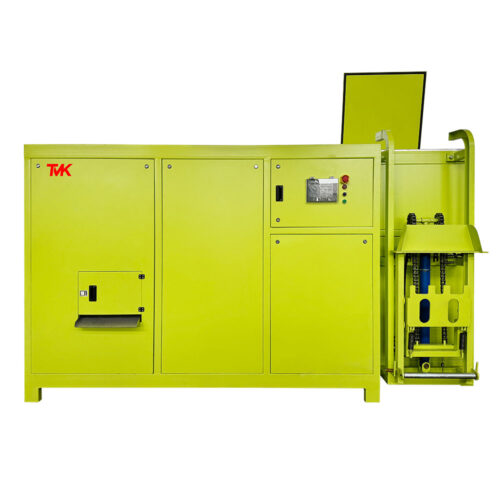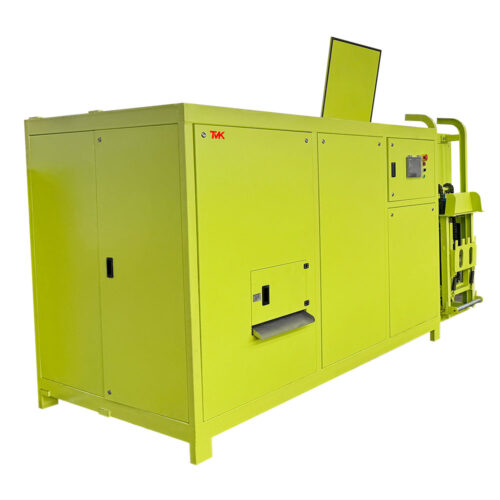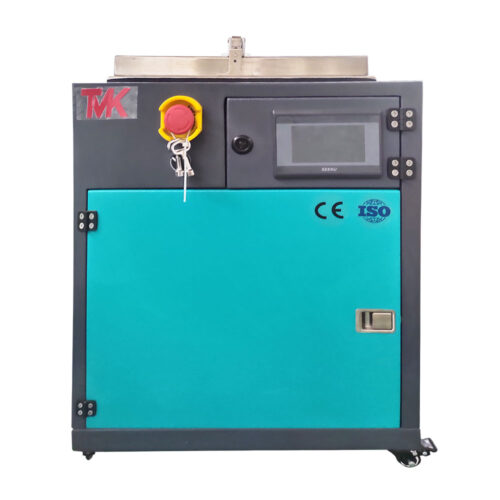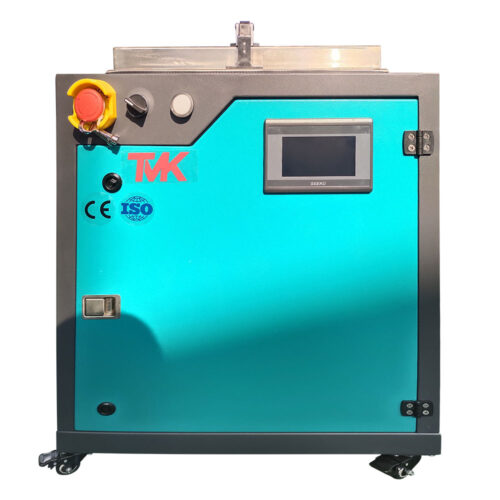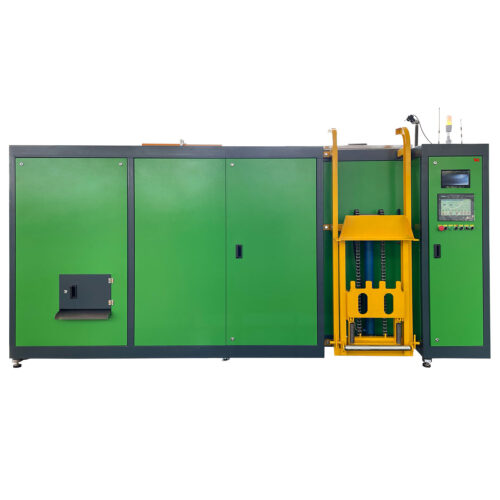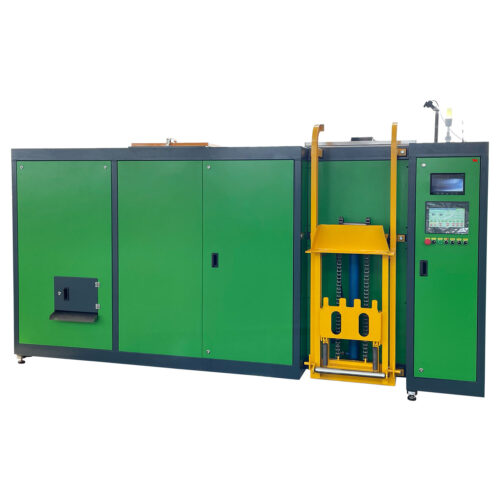- Food waste from retail outlets fed to black soldier fly larvae, processed into the meal.
- Food waste from retail outlets is processed into a feed ingredient.
- Bakery by-products from food manufacturing plants.
The production methods for the three ingredient types and the standard ingredient mix were evaluated using primary data and assessed using a life cycle assessment on four significant environmental impacts: global warming potential, land use, water consumption, and marine eutrophication (when there are too many nutrients in an ecosystem and it causes issues like algal blooms).
- All food-waste-to-feed ingredient production had a positive impact on land use as compared to the standard, meaning that using any of the waste options could help to avoid additional land conversion for growing feed crops.
- Bakery meal was the only ingredient that had consistently positive environmental impact indicators and has the potential to be a positive alternative to conventional ingredients in a hen’s diet.
It’s important to note that the emissions associated with sending the food waste to landfill or other waste management systems were not measured within this study. Diverting this waste could have additional climate benefits that may impact these findings in the future with more research.

TMK Food Waste to Animal Feed Machine
Converting feed waste into poultry protein, if we mix these wastes with some nutritional additives and compost them through TMK compost machines to feed poultry, we can greatly reduce the use of concentrated feed.
Carbon Steel Series
Carbon Steel Series
Commercial Composter
Carbon Steel Series



